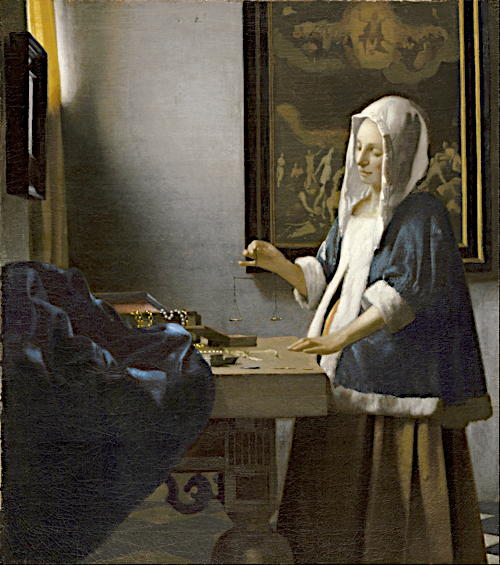Art and Visual Culture in the Dutch Golden Age

The Netherlands was Europe's largest producer and exporter of images during the seventeenth century; it was also home to a diverse and prosperous early capitalist society, and to many of the period's finest artists. This course explores the crucial role of the pictorial arts in the making of the Dutch Republic and its 'Golden Age'. Lectures and readings look at painting, drawing, prints, maps, book illustrations and the wide range of pictorial technologies that constituted Dutch visual culture. The course situates Dutch art within its historical and social circumstances, particularly in relation to Dutch commercial and scientific enterprises, overseas trade, urban culture, religious pluralism, literacy and print culture, and the emergence of experimental philosophy. Lectures highlight the innovations in still life, landscape, portraiture, scenes of social life, and experiments with perspective and optics for which artists from the Netherlands are justly famous. Weekly readings offer different perspectives on how Dutch pictures were made and marketed, ways that people made sense of them, and how pictorial technologies generated new ways of seeing and understanding the world. The course features the art of such well-known figures as Rembrandt, Frans Hals, and Johannes Vermeer, along with less familiar but equally fascinating works by their contemporaries. These works serve as springboards for discussing the nature of realism and naturalism, and the dynamic ways that pictures produce meaning and operate across social, economic and aesthetic systems of value. The course will involve a mix of lecture, discussion and in-class exercises, and is intended primarily for upper-level undergraduates.
Estimated cost of materials: $50 or more, but less than $100.
Category for Concentration Distributions: D. Europe and the United States, 3. Early Modern